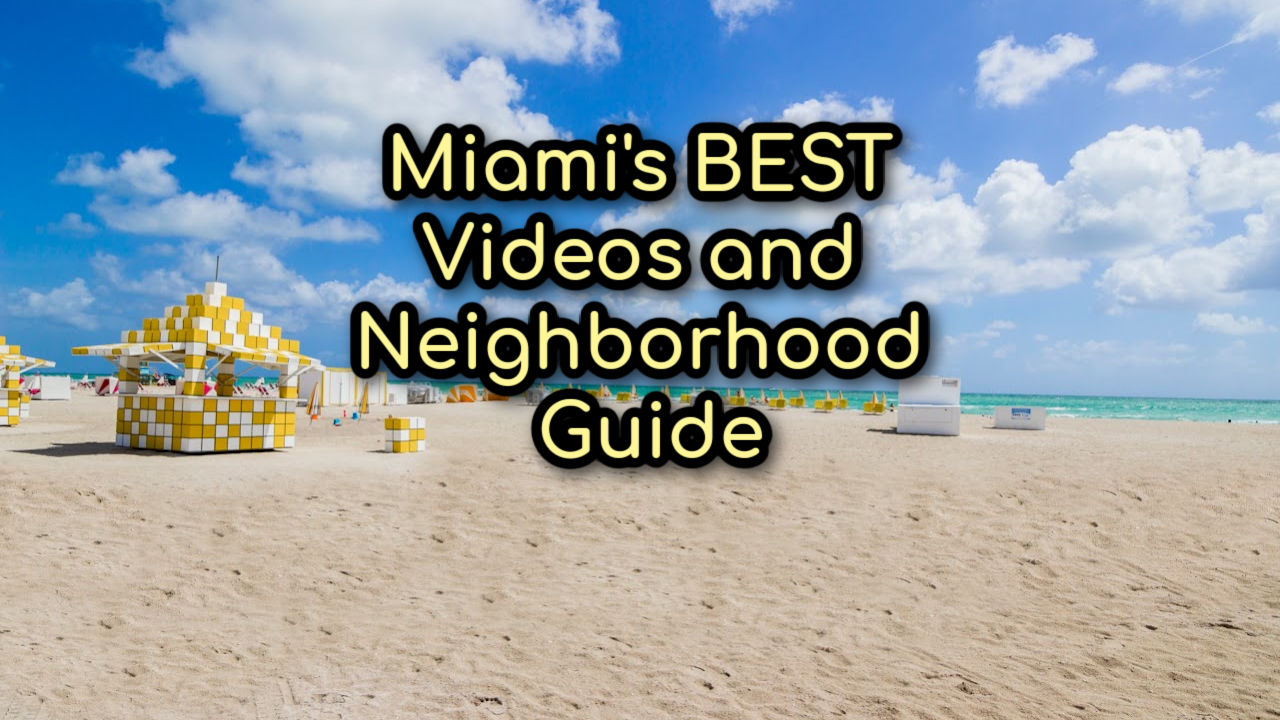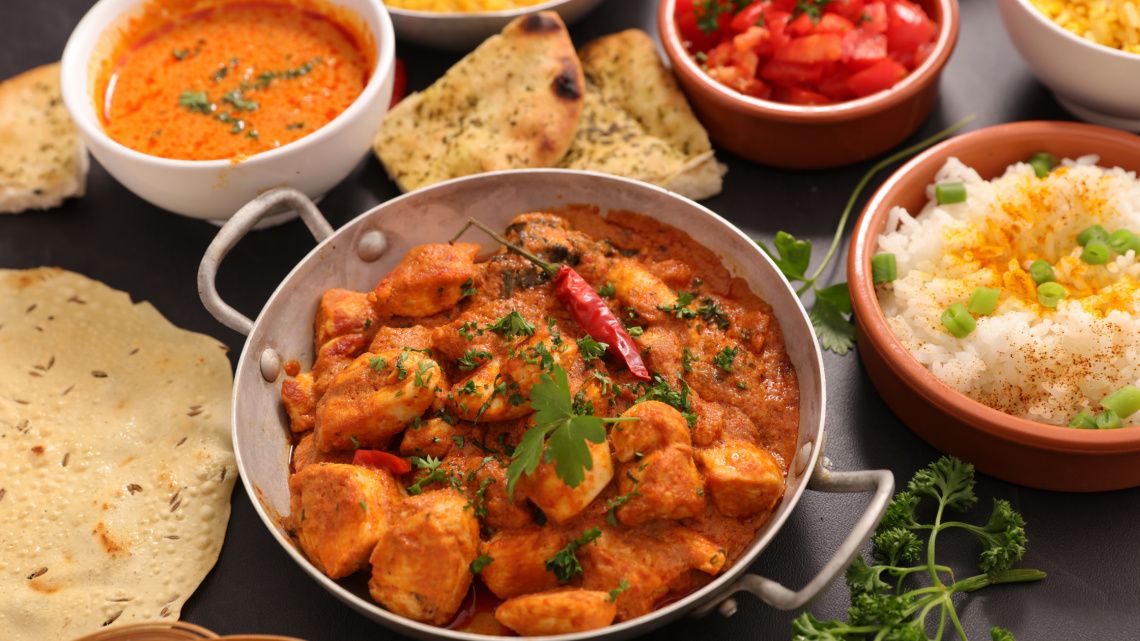Top 5 Things You May Not Know About Richmond West
Uncover the echoes of old railways, the whispers of blimp hangars, and the quiet resilience woven through every street in Richmond West, a tranquil suburban tapestry stitched with comfort, family, and timeless Florida ease.
Welcome to the down-to-earth warmth and layered character that define Richmond West, a census-designated community known for its sprawling suburban layout, sustained growth, and strategic position in the southwestern section of Miami-Dade.
Born from humble beginnings as an early-1900s farming town, Richmond West has developed into a residential community with thousands of homes built in the late 1980s and 1990s, but not without having undergone a series of evolutions (more on that later!).
Yes, folks, Richmond West isn't your typical Miami suburb.
On the contrary, this tiny slice carries a century of fascinating tales under its calm, sun-drenched surface.
So, relax and read along as we uncover the untold stories, surprising history, and enduring spirit that make Richmond West one of Miami's most quietly captivating neighborhoods.
We promise—you'll see it in a whole new light.
Here are five things you may not know about Richmond West.
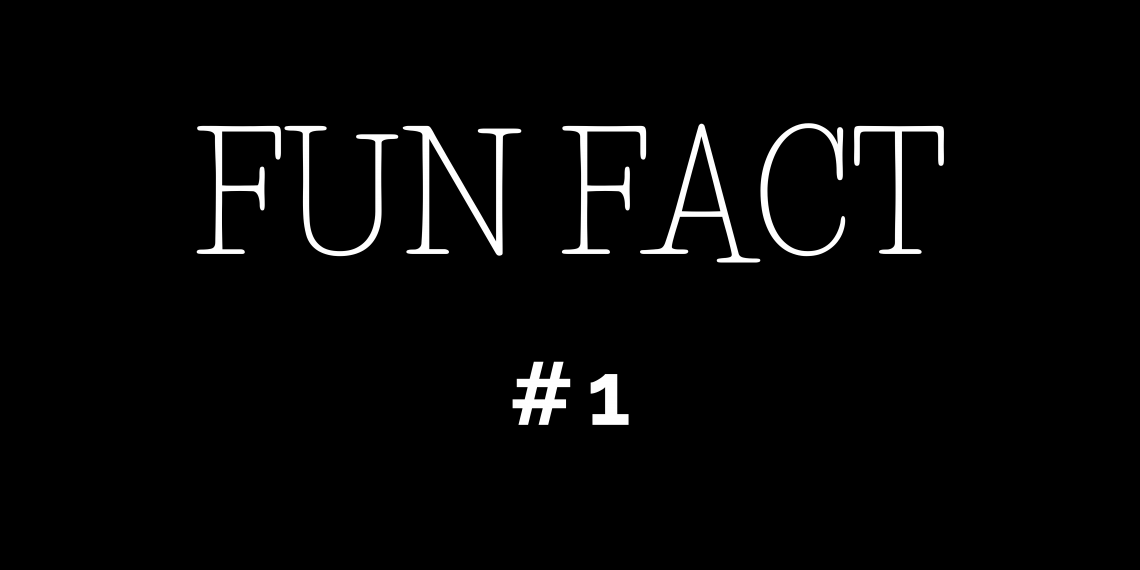
Eureka, You Found It
Before it was Richmond West, it was Eureka — and no, not the expression you say when you discover gold.
Settled in the early 1900s, this quiet farming area received its first one-room schoolhouse in 1907 at SW 147th Avenue and SW 184th Street.
It didn't last long, though — by 1916, the district merged small schools and shut Eureka's down.
The town eventually swapped its name for Richmond, and in 1927, the Seaboard Air Line Railway built a depot in this very community (more on this below!).
That depot is history, but the railway (now CSX) still cuts right through the community like an old friend who never left.
So, if you ever hear a train while driving down Eureka Drive, that's some century-old infrastructure saying hi.
.png?w=851)
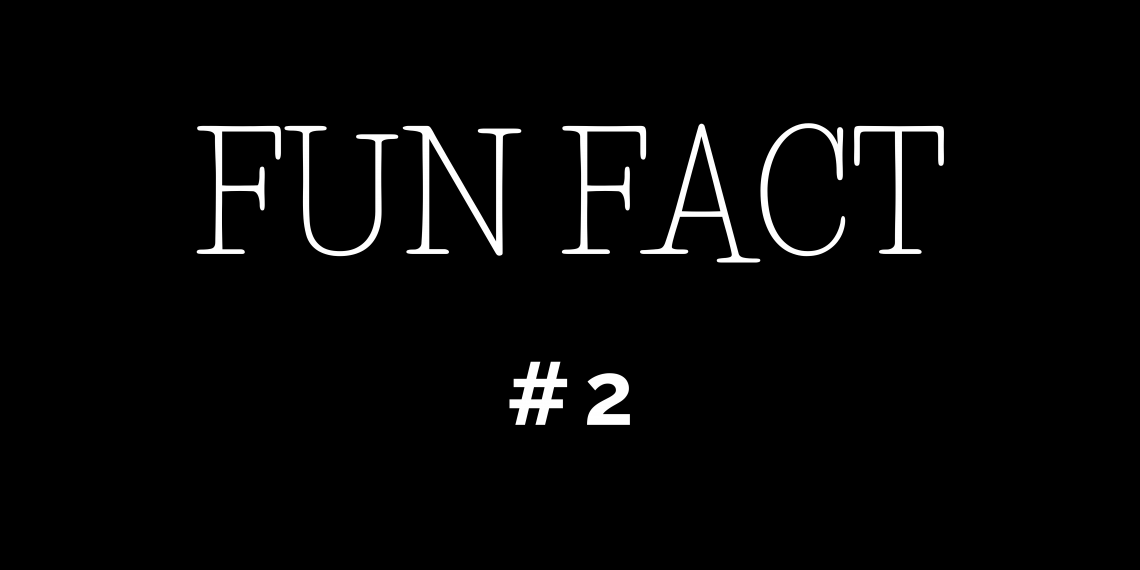
Rails to Suburbia
Once a patchwork of tomato fields, avocado groves, and farmland, Richmond West has gone from tractor tracks to culs-de-sac over the decades.
The arrival of the Seaboard Air Line Railway in 1927 helped connect it to the rest of Miami, yet it remained rural until the 1980s.
Then came the wave of development — sub-developments sprouted, streets paved over farmland, and families replaced crops.
It's now a legitimate suburban area, but you'll still spot pockets of green and open lots as a nod to its roots.
Some longtime residents still call it "country quiet with city perks."
And honestly? They're not wrong.
.png?w=851)
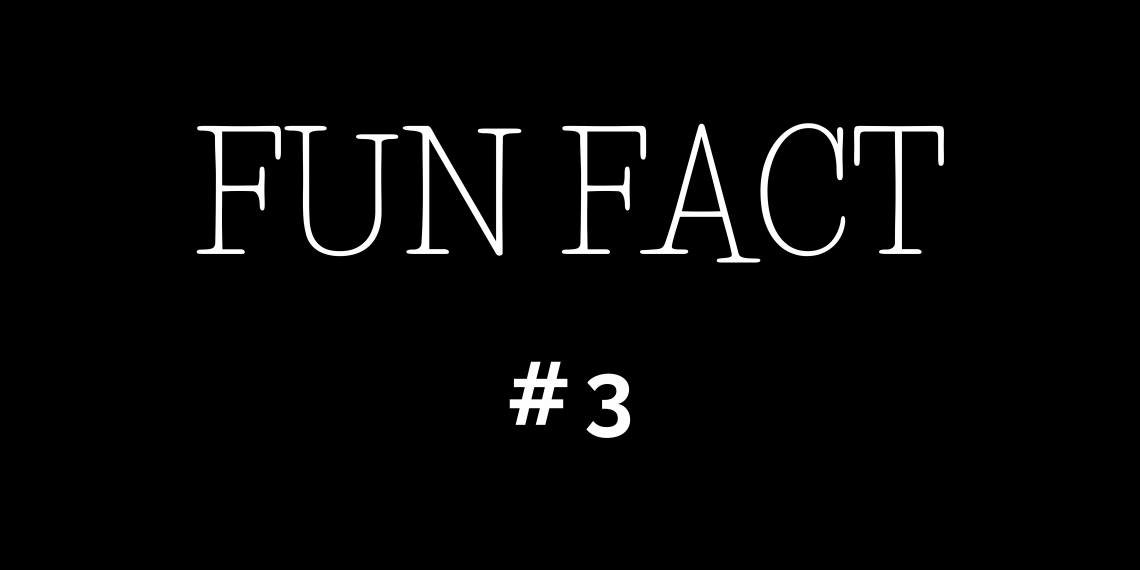
Blimps, Blazes, and Zoo Days
Believe it or not, Richmond West was once home to the world's biggest blimp base during WWII, Naval Air Station Richmond.
It had three massive hangars, each roughly 16 stories tall and over 1,000 feet long, built to house airships for anti-submarine patrols.
But in a plot twist no one saw coming, a 1945 hurricane flipped the hangars like pancakes and sparked a fire that destroyed 25 Navy blimps and over 365 planes.
After that, the base shut down, and years later, the land transformed into what is now Zoo Miami — a much calmer (and less flammable) use of the space.
The next time you're feeding giraffes at the zoo, just know you're standing on a former military airfield that once echoed with the hum of blimps.
.png?w=851)
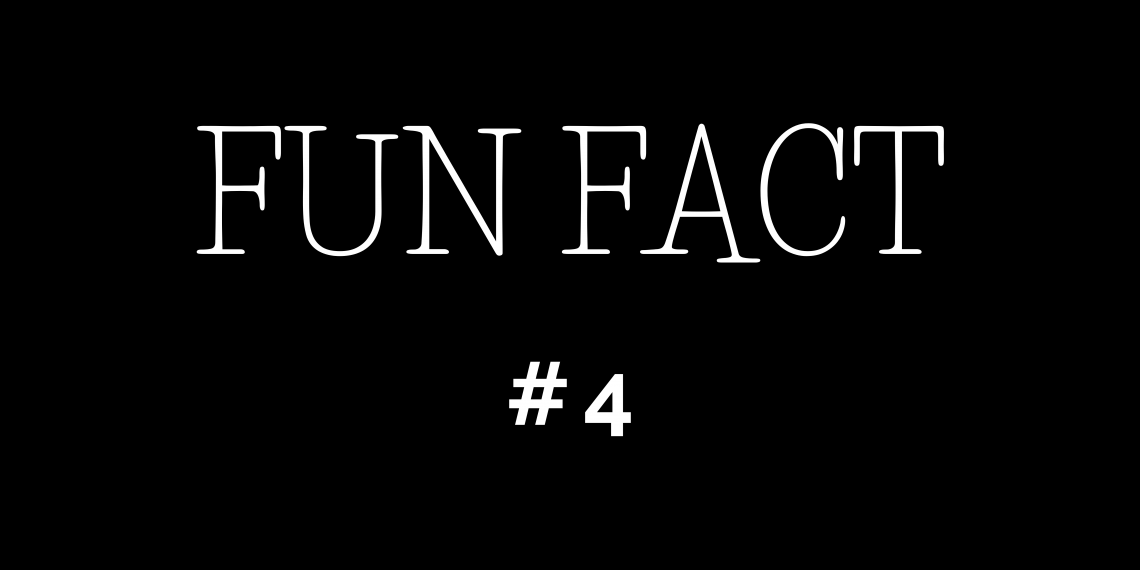
When Andrew Came to Town
As you know, Hurricane Andrew didn't just knock on Richmond West's door in 1992 — it kicked it down.
This Category 5 beast tore through South Dade, completely leveling the Dadeland Mobile Home Park and flattening swaths of new subdivisions in the area.
Residents say the skies turned orange, roofs vanished, and entire blocks looked like war zones.
But Richmond West didn't pack up — it rebuilt, stronger and more storm-ready than ever.
Today, it stands as a symbol of grit and resilience.
If you talk to long-time locals, "Before Andrew" and "After Andrew" are practically their own calendar.
.png?w=851)
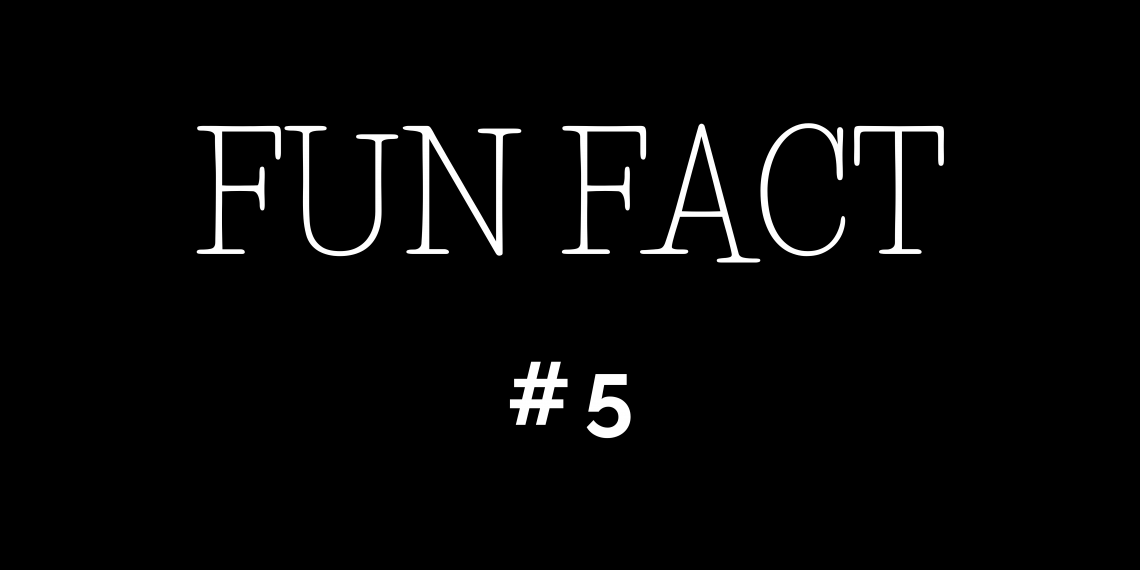
Bienvenidos a Richmond West
Did you know that you're just as likely to hear "¿Cómo estás?" as "How are you?" around Richmond West, as this suburb is proudly, overwhelmingly Hispanic?
Over 80% of residents identify as Hispanic or Latino, with Cuban ancestry making up more than half the population.
In fact, it once ranked #17 in the U.S. for the highest Cuban population share!
Mind you, you'll also find strong Colombian, Nicaraguan, Dominican, and Venezuelan populations here.
It's safe to say that Spanish is the language of choice at home for over 83% of residents, ranking the neighborhood in the top 2% nationwide for Spanish use.
So, if you're brushing up on your español, this is a great place to practice (and eat really well while you're at it).
.png?w=851)
The Ultimate Guide to Miami-Dade's Top 25 Gated Communities for Single-Family Homes (2024 Edition)
Discover Miami's top gated communities in this essential guide for luxury home buyers. Exp...
Miami's BEST Restaurants in EVERY Neighborhood
Check out the absolute BEST restaurants in every neighborhood of Miami, including the best...
Selling Your Home?
Who are we?
We are the ALL IN Miami Group out of Miami.
We are Colombian, Filipino, Cuban, German, Japanese, French, Indian, Irish, Syrian, and American.
We are Christian, Hindu, and Jewish.
We are many, but we are one.
We sell luxury homes in Miami, Florida.
Although some of our clients are celebrities, athletes, and people you read about online, we also help young adults find their first place to rent when they are ready to live on their own.
First-time buyers?
All the time!
No matter what your situation or price range is, we feel truly blessed and honored to play such a big part in your life.






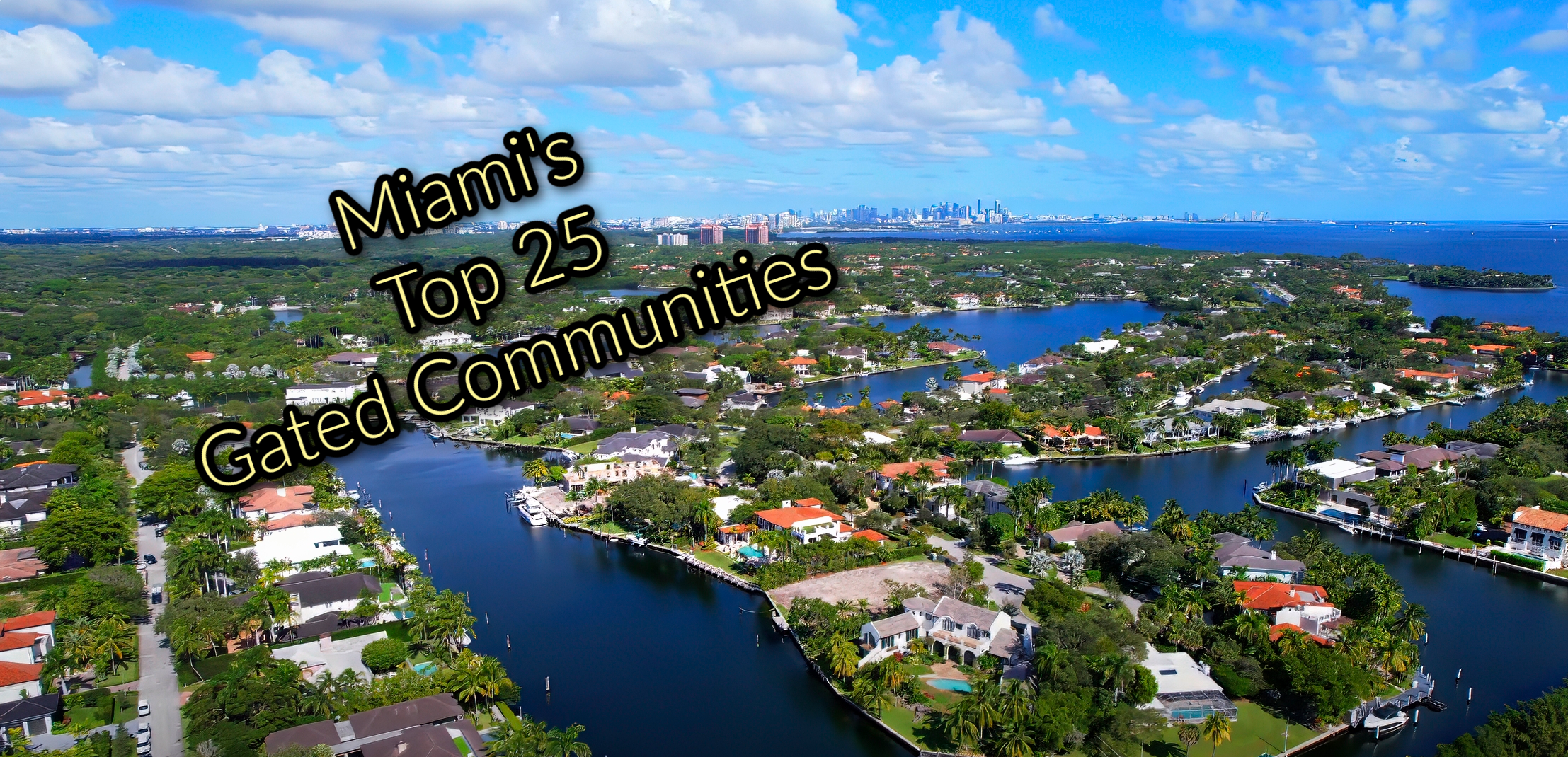.png)
